Different types of wood in the interior
Many types of wood are used in the interior design industry. Very logical, because the material is strong and versatile. In addition, wood adds warmth to your interior and actually fits into any living style. But there are only a few types of wood that are often used. What types are they and how do you clean them? We have listed the most famous types of wood for you.
Woodworking
And that was not all. All these types of wood can be processed further. Below we explain three methods for you:
# 1 MDF
An MDF ( Medium-Density Fibreboard ) board consists of wood fibers and synthetic resin. Those materials are compressed into a plate. This gives the plate a higher density and is therefore a lot firmer.
# 2 Veneer wood
Veneer is a thin layer of wood of uniform thickness that is attached to a surface. This is often a cheaper solution to make something look "expensive". Veneer wood could therefore be used for example on an MDF substrate. Here nailed laminated timber in New Zealand.
# 3 Plywood and plywood
Plywood is a wood board made of three layers of veneer on top of each other. Plywood is a new variant of the plywood panel and consists of five or more veneer layers. Because the different layers are pressed together, plywood / plywood has a higher density than solid wood.
Maintenance
In general, the following applies to the maintenance of your wooden furniture:
- Use coasters before placing hot pans on your wooden furniture. Please note that the coaster is not made of cork. Cork can stick to the wood. In addition, avoid that your coasters are hot or damp. This can cause discoloration or cracks in the wood. Here you can find wood building materials nz
- Place a tablecloth on your wooden dining table while eating. This way you prevent a lot of stains and circles in the wood!
- You can get rid of stains, gloss spots and light scratches by sanding your wooden furniture with fine steel wool or very fine sandpaper. Always do this in the direction of the wood grain.
- Do not place your wooden furniture too close to a heater, fireplace or air conditioner . This can cause dehydration.
- Do you want to move your wooden furniture? Then empty it first and then lift it up. Moving your furniture can cause damage to your furniture and to your floor.
- Never place a wooden furniture in direct sunlight . This causes discoloration in the wood.
Cleaning
The properties of the woods are quite different. However, the same rules apply in general for cleaning. The following applies to all wooden furniture: when cleaning it, make sure that you clean the wood surface along the length of the wood thread. The only difference in cleaning is in the finish of the wood: oiled, lacquered or a wax layer.
# 1 Oiled wood
- Use a dry cloth (preferred), or a cloth moistened with water. But never use soap or other cleaning products.
- Is your wooden furniture dry, cracked or rough after a while ? Then it's time for a new layer of wood oil: first rub your piece of furniture clean with a special cleaning agent for oiled furniture. After you have wiped away all the dirt, grease or raw parts, you can get started with the wood oil. Finally, wipe your wooden furniture with a lint-free cloth.
- How often should you clean an oiled piece of furniture? Thoroughly once or twice a year. But that also depends on how intensively the wooden furniture is used and how often you clean it after use.
# 2 Painted wood
- Use a damp cloth or a degreasing detergent to clean your lacquered furniture.
- Do not! Do not use polishes containing silicone, caustic products or a scouring pad. This can affect your wooden furniture in such a way that the damaged spots can only be repaired with a machine.
- Lacquered furniture is scratch resistant. But it may be that after a while some scratches or damage occur. You can prevent this by not moving hard objects (or at least carefully) over your furniture. You can immediately clean moisture stains with lukewarm water and then wipe your wooden furniture with a dry cloth.
# 3 Waxed wood
- Daily maintenance : dust regularly with a dry cloth.
- If the wood becomes rough, it only makes sense to apply a new wax layer . And that only has to happen once or twice a year.
- With beeswax you probably achieve the best result. However, you can only apply a thin layer of this.
- A wax layer that is too thick can be removed by cleaning your furniture with water in which some ammonia has been dissolved. Rinse it with clean water.
- Avoid using water-based waxes on wooden furniture. The natural dyes in the wood dissolve in water, which can cause strange color differences.
Related post:
https://woodspan.blogspot.com/2020/06/wood-board-materials-and-panels.html
https://woodspan102756845.wordpress.com/2020/06/15/making-a-room-divider-which-one-do-you-choose/
What is Douglas wood? and do you Treat Douglas wood
Treat Douglas wood
If you have Douglas wood in your garden, you will recognize that the orange color of this wood gives a good atmosphere in the garden. The question is: how do you ensure it lasts as long as possible and stays the warm orange color? If douglas wood is not treated, the average lifespan is 15 years. But by giving it the right treatment, douglas wood will last much longer and your deck, pergola or garden house will remain neat. You can do Douglas wood in different ways. Oils, stains and paints are most common. Once this is done, there are also several options for properly maintaining the Douglas wood. We would like to explain all options.
What is Douglas wood?
Douglas wood is a softwood species that comes from North West Europe. Many Douglas fir forests are located in Sweden. This is also where much of the Douglas wood comes from. Due to the somewhat colder temperatures, this fir grows slightly slower than average, which gives the wood a somewhat denser structure. Douglas wood owes its durable reputation to this dense structure. Not only the quality of the wood type in your backyard is sustainable. The production of douglas is also relatively good for the earth. Douglas fir grows fairly quickly, creating new forests in a relatively short time. It is expected that the number of Douglas fir forests will double in the coming years, so that production without deforestation is no problem. Click here to visit our website about timber merchants nz.
Get started treating with Douglas fir wood
Treating Douglas wood is not a complicated job. First of all, make sure the wood is clean. It is best to paint with a wide flat brush. Sanding the wood is not necessary. Clean and grease-free is all that is required before you start painting. Usually a paint or two is needed to really protect the Douglas wood. Make sure that the layer you have applied is dry before you apply another layer. This wood is very suitable for the garden in the Netherlands. It is fine against the humid conditions in our climate. Especially if you treat the wood well you can enjoy it for a long time. At least 20 years!
Douglas overkapping
Cleaning Douglas fir wood
Before treating the douglas wood, it is advisable to clean the wood first. Depending on the condition of the wood, choose a cleaning agent. For example, is the wood affected by algae or green deposits? Then there are scale or algae removers available for this, so that the wood looks like new again. Has the wood already been treated with, for example, a lacquer or paint? Then it is wise to use a deep cleaner. This allows the paint or oil to be removed. A scrub brush and / or groove brush is supplied with this cleaning agent. Due to weather influences, douglas wood ages and therefore loses the beautiful orange glow when it is freshly sawn. By treating Douglas wood well, you can prevent this graying process.
Must visit cross laminated timber nz
Different ways of treating Douglas wood
There are three options for treating Douglas wood. This is the treatment with oil, stain or paint.
Douglas wood oils
Oil is a method of treatment that ensures that the wood retains its original color. In addition, it protects against UV radiation and prevents green deposits or algae from getting on the wood. Special oil for Douglas wood is available in specialist shops. If you are going to oil douglas wood, it must first be cleaned. In addition, it gives a better result if you first sand the wood with sandpaper that has a grain between 100 and 160. Then you can apply the oil to the wood with a brush.
Stain Douglas wood
Stain protects the wood slightly better than oil. This ensures that the douglas wood also retains its color, and you can give it a slightly different shade. Also for stain, it is good to make sure that you purchase stain that is suitable for treating this wood. There is special stain for douglas wood, but all outdoor stains are suitable for this. In addition to protection against sunlight and damage to green deposits and algae, it also protects against moisture, mold and slows down wood rot. View the staining options for Douglas wood
Douglas wood paints
It may also be the case that you want to give the Douglas wood a completely different opaque color. Then painting with an opaque color is the only solution. Even if you are going to do this, special paint is available for this. It is important to choose suitable paint for Douglas wood. With normal paint it can happen that it starts to flake quickly. When painting, be careful not to do this in full sun. It is important that the paint or stain can dry evenly. Paint adheres better to raw douglas wood.
Keep Douglas wood dry
In the base douglas wood is resistant to humid conditions. However, the service life will be considerably shorter if there are long, humid conditions. Think, for example, of a wooded area. If this is the case, it is wise to impregnate the wood.
Now you know everything to treat douglas wood for the garden. Are you going to use the wood to make a deck, fence, pergola, veranda or roof? Read our tips for these jobs!
Related post:
https://woodspan.blogspot.com/2020/05/how-do-you-treat-scaffolding-wood.html
Wood board materials and panels
You will find a large selection of sheet materials in the hardware store or at the timber trade. Here we list the most common and tell for which applications they are good and less suitable.
There are many types of wood board materials, but we can divide them into two main groups: construction boards and furniture and carpentry panels.
Construction plates
Almost every do-it-yourselfer who ever works on his house will work with construction plates. There is a wide choice available and each type has its own applications and sets its own requirements for processing and finishing. As the name implies, construction plates serve mainly for the construction and not ‘for the beautiful’. If you use them for visual work, a finish with a paint layer will often be necessary.
Plywood and plywood
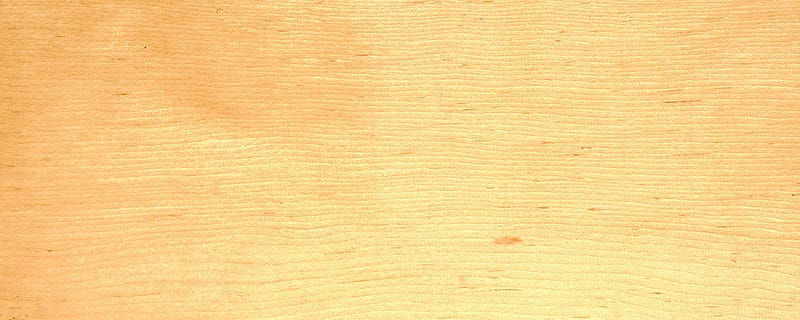
Plywood and plywood consist of three or more thin layers of wood glued together. The wood used can be either hardwood or softwood — for example, poplar or birch. Plywood is also suitable for the construction of partitions, table tops, floors and all kinds of interior paneling.
Read more: wood panels nz
Chipboard
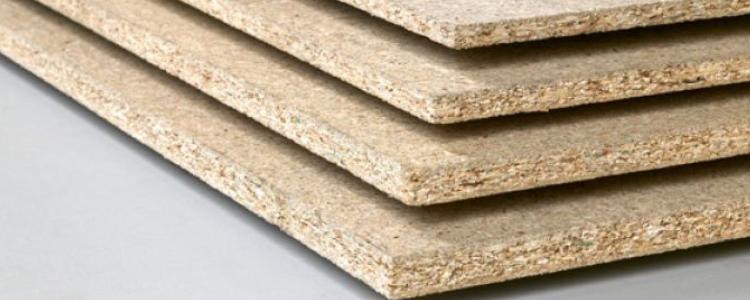
Chipboard consists of compressed and glued wood chips. It is a fairly heavy board material with little structural strength. On the other hand, it costs relatively little. Chipboard is often used to level floors for laying laminate or carpet. It is less suitable for visual work with its coarse structure. And one more thing: working with chipboard makes your tools dull.
Hardboard
A thin sheet material, made of high-pressure pressed wood pulp. It often has a smooth and a rough side. Hardboard is cheap and also looks cheap. Therefore, it is usually used for leveling floors, as a bed base or as a back panel of cabinets, all applications where it is kept out of sight. It is an easy to process material, which you can also attach in curved shapes.
Tip: Hole board — a hardboard plate with all holes — is useful for hanging all kinds of things, such as tools in your hobby room .
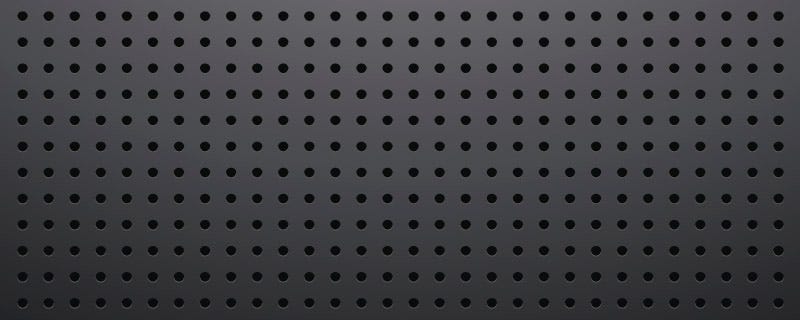
Softboard
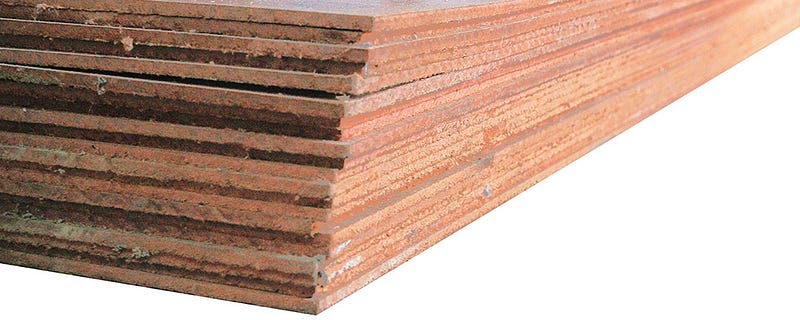
Softboard is made by pressing wood fibers under less high pressure. This produces a light sheet material, which is easy to process, but has no structural strength whatsoever. Except for pin boards, it can be used as an underlay.
MDF
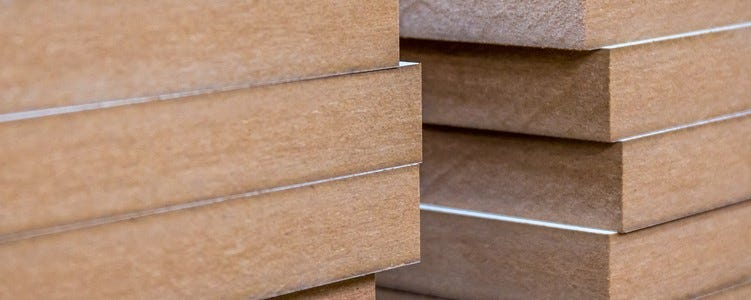
MDF stands for Medium Density Fireboard. It is made by pressing and gluing wood dust under high pressure. The result is a smooth plate that can be seen as wood and can be painted or lacquered well. MDF is also easy to mill , but if you are going to screw it, it is wise to pre-drill the holes to avoid splitting. MDF cannot be used outside, but indoors there are many applications: from all kinds of furniture to paneling and moldings.
Concrete plex
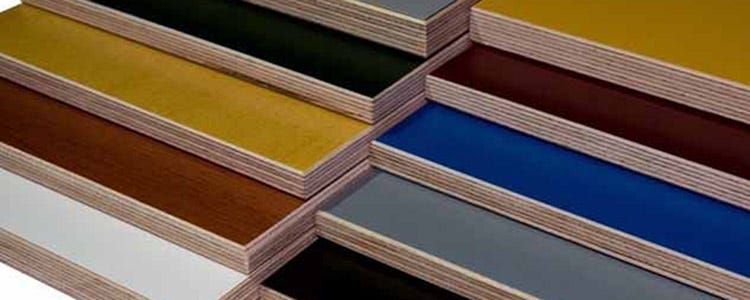
This plywood variant gets its name from the original application: formwork for pouring concrete. Concrete plywood consists of layers of spruce or poplar wood, finished with a smooth and waterproof layer of epoxy resin. This makes it suitable for outdoor applications. Consider, for example, homemade garden furniture. Concrete plywood is quite heavy and relatively pricey.
OSB

OSB (Oriented Strand Board) is a coarse sheet material, made of glued wood shavings. Due to the rough aspect, it is not suitable as furniture material, but it is an inexpensive solution as an underlay for parquet floors or wall constructions. OSB plates are available with tongue and groove.
Underlayment
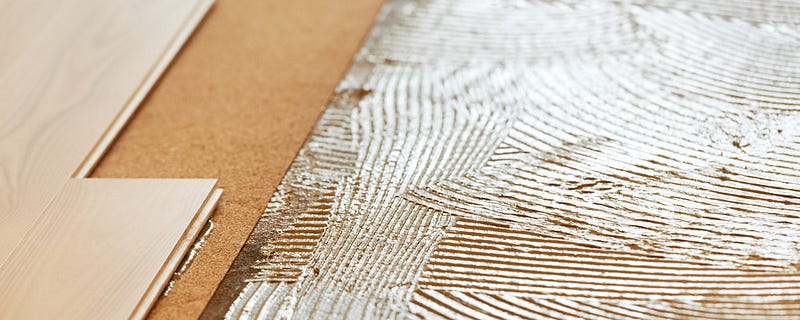
Underlayment plates consist of layers of glued pine or pine wood. It is a strong and relatively inexpensive construction board, which is widely used for floors and walls. The somewhat coarse structure makes it less easy to finish.
Furniture panels and carpentry panels
Unlike construction panels, these panel materials are specifically designed for furniture, and the appearance is as important as the structural properties.
Furniture panels

Furniture panels are chipboard finished with a plastic coating. This top layer is often white, but there are all kinds of designs available. Popular are the ‘just real’ wood designs, where you can even feel the wood grain. After sawing, you can finish the cutting edge with edge band in the same design. Stick this on the edges with an iron.
Tip: The top layer of furniture panels shatters quickly. Always use a sharp, fine-toothed saw to minimize this risk and cut with gentle movements.
Carpentry panels
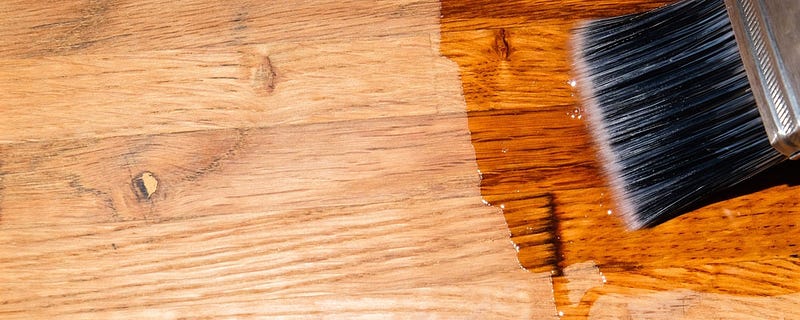
Carpentry panels are the only ones in the list that consist of solid wood. They are made by gluing slats together into panels of various thicknesses and sizes, and are available in pine, spruce, beech, oak and other woods. Carpentry panels are a strong and easy-to-use material for furniture. Finished with oil, varnish or transparent stain, they retain their natural look.